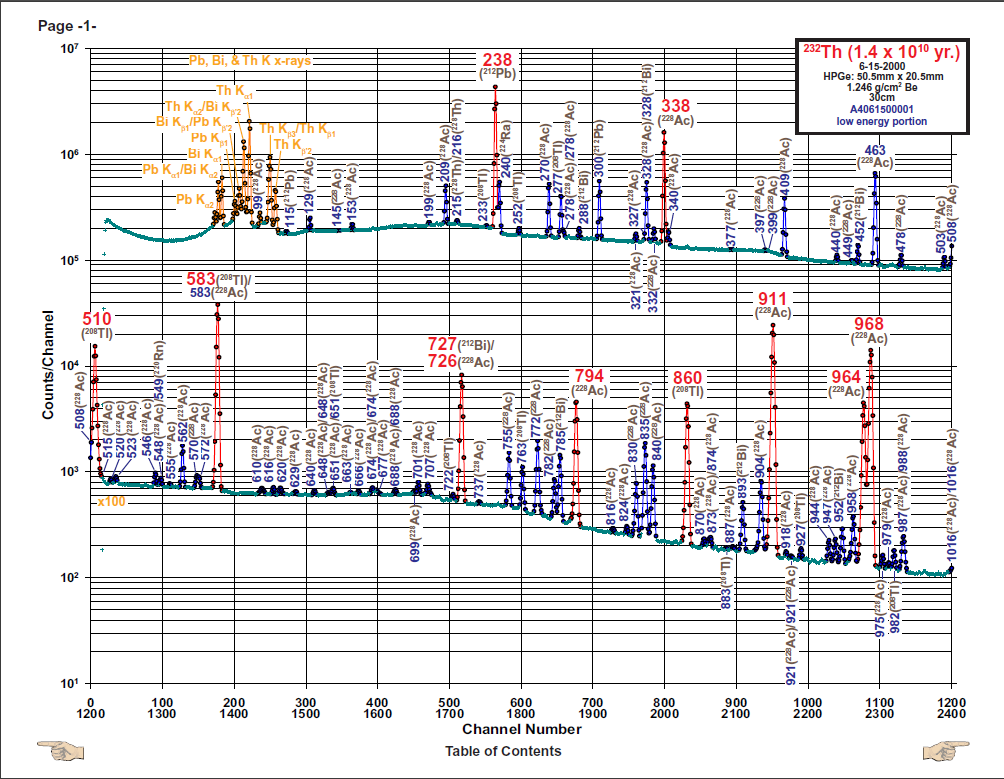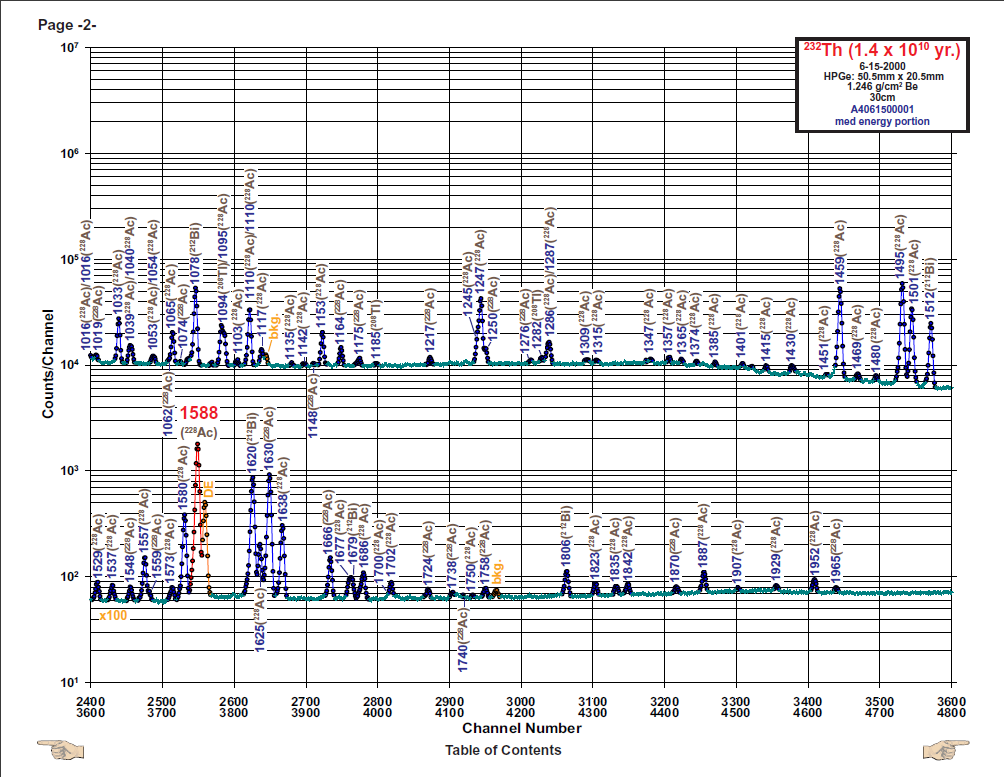In [4]:
# Sensato da vedere
%matplotlib inline
#%matplotlib qt
h, bins = np.histogram(myData["qlong"], bins = 1000)
binc = bins[:-1] + (bins[1] - bins[0])/2
fig, ax = plt.subplots()
fig.set_size_inches(12,5)
ax.plot(binc, h, ds = "steps-mid", c = "darkgreen", lw = 1, label = "Spettro")
ax.fill_between(binc, h, step = "mid", color = "lime", alpha = 1)
ax.grid()
ax.set_xlabel("Energia [ADC]", fontsize = 14)
ax.set_ylabel("Entries", fontsize = 14)
ax.set_title("Sorgente calibrazione", fontsize = 16)
ax.legend()
ax.set_yscale("log")
fig.savefig("pdfPerave/sorgCal.pdf", format = "pdf")
plt.show()

